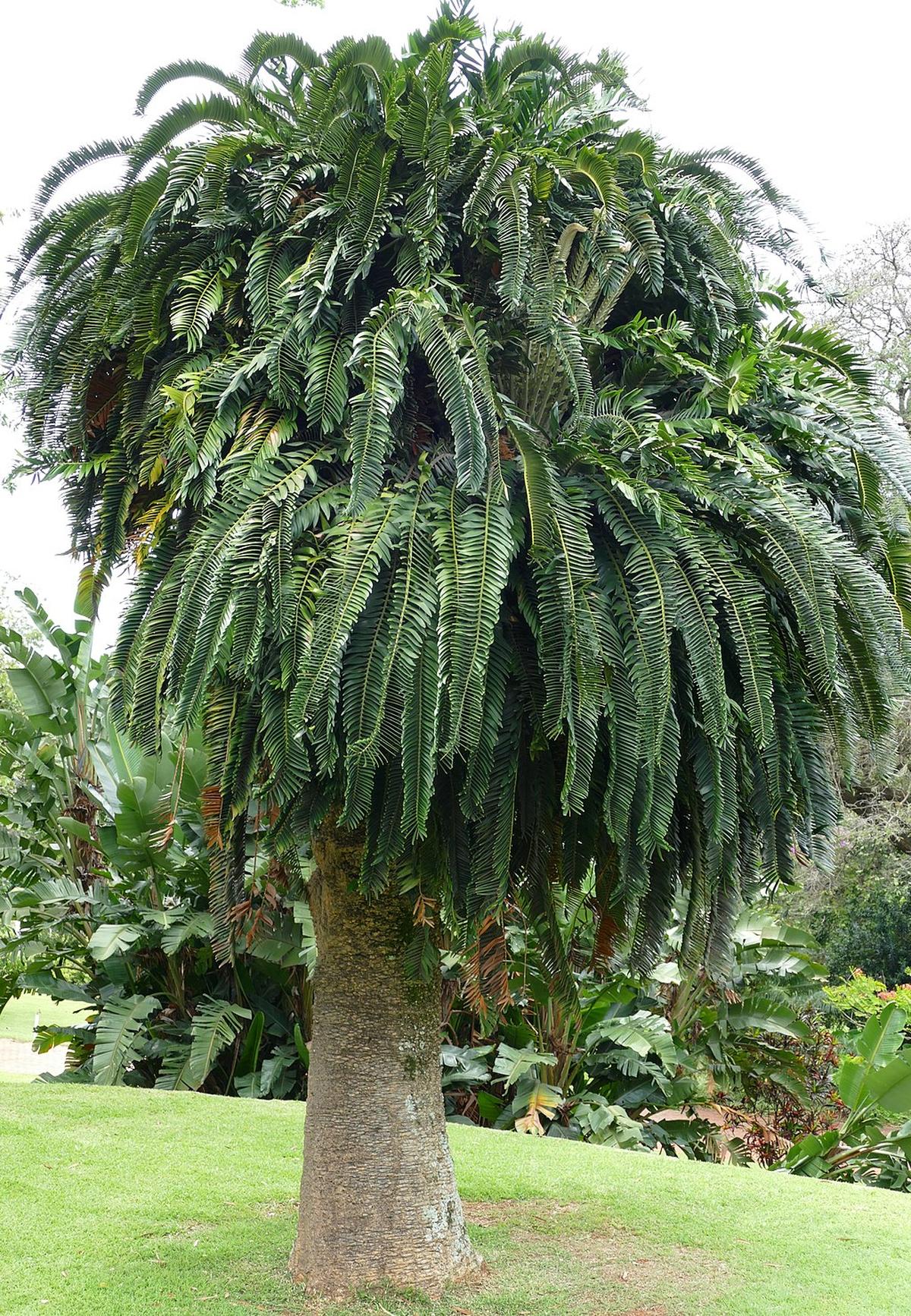In a pioneering effort to save the rarest plant species on Earth, botanists and conservationists are undertaking an unprecedented search for a female mate for the Encephalartos woodii, commonly known as Wood’s cycad. This solitary male specimen, housed at the Kirstenbosch National Botanical Garden in South Africa, has confounded researchers since its discovery in 1895. Its survival is crucial for the species’ preservation, given it is the last known individual.
Background
Wood’s cycad, originally native to South Africa, has faced severe threats of extinction primarily due to habitat destruction and poaching, driven by its ornamental value. Despite efforts spanning decades to locate a female counterpart in the wild, no success has been achieved. This has prompted scientists to explore unconventional approaches to ensure the species’ survival.
Current Situation
The male cycad at Kirstenbosch National Botanical Garden remains the sole representative of its kind, emphasizing the urgency of finding a female mate.
Challenges and Approach
Dr. Sarah Hughes, leading the conservation effort, acknowledges the daunting task: “Finding a female cycad is like finding a needle in a haystack.” Despite the challenge, advancements in genetic analysis and international collaboration offer hope. The strategy involves extensive DNA testing of potential candidates from botanical collections worldwide to identify genetic matches that could facilitate reproductive restoration.
Importance of Timely Action
Time constraints are critical, as the male cycad continues to age without offspring. The success of this endeavor not only holds potential to rescue the cycad from extinction but also showcases the efficacy of conservation science in combating biodiversity loss.
Multiple Choice Questions (MCQs) with Answers:
- What is the primary reason for the near-extinction of Encephalartos woodii?
- A) Climate change
- B) Habitat destruction and poaching
- C) Invasive species
- D) Natural disasters
Answer: B) Habitat destruction and poaching
- Where is the last surviving male Encephalartos woodii plant located?
- A) Amazon rainforest
- B) Kirstenbosch National Botanical Garden, South Africa
- C) Yosemite National Park, USA
- D) Royal Botanic Gardens, Kew, UK
Answer: B) Kirstenbosch National Botanical Garden, South Africa
- What is Dr. Sarah Hughes’ role in the conservation project?
- A) Geneticist
- B) Botanical illustrator
- C) Project leader
- D) Wildlife photographer
Answer: C) Project leader
- What method is being used to find a female mate for the male Encephalartos woodii?
- A) Behavioral observation
- B) Traditional herbal knowledge
- C) Genetic analysis
- D) Satellite imaging
Answer: C) Genetic analysis
- Why is there urgency in finding a female mate for the Encephalartos woodii?
- A) To study its habitat preferences
- B) To increase its ornamental value
- C) To prevent its extinction
- D) To enhance its medicinal properties
Answer: C) To prevent its extinction
